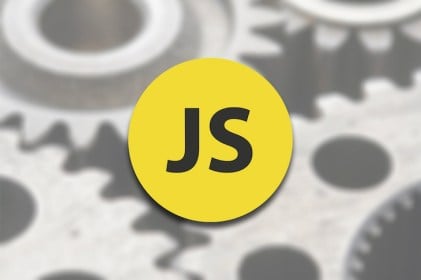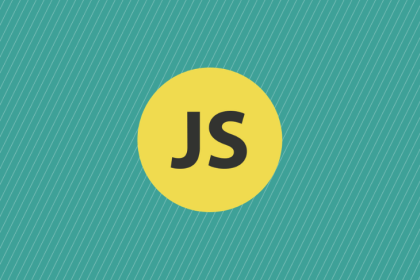
This tutorial explains the importance of design patterns in a modern codebase; demonstrates how to implement the observer, builder, and prototype design patterns in TypeScript; and breaks down the concept behind each pattern.

See why Fiber, an Express-inspired framework for backend API development, has been steadily gaining traction.

Building and shipping a ready-to-use desktop automation framework for three major platforms requires an elaborate development setup. In this tutorial, I’ll show you how I organize my work on nut.js.

Should you use classes or closures in your JavaScript code? This post helps you compare both functions to more easily determine which is best suited to your purposes.

In this article, we’ll learn how to create a simple Deno web server, how to create a Docker configuration for a Deno web server, how to push your code to GitHub, and how to make your Deno application available on the internet.

Heavily inspired by React, Crank.js is a new, JSX-driven framework for creating components with functions, promises, and generators.

Check out these 10 tips for writing clean code in Tailwind CSS to further improve your productivity when working with the utility-first framework.

As a frontend developer, I was excited by how fast I could build backend services that communicate effortlessly with my frontend application.

We’ll be looking at how Gatsby uses GraphQL to pull in data at build time and also its implications on performance.

Getting scroll to work perfectly requires a lot of trial and error. React-gridlist provides a painless and fast way to implement scroll in your application.

You may know that linting can improve your code quality, but static analysis tools can also play an integral role in your development cycle, even in a dynamically typed language such as JavaScript.

This tutorial demonstrates how to test your React functional components and the state changes for components that use hooks, with Jest and Enzyme as testing libraries.